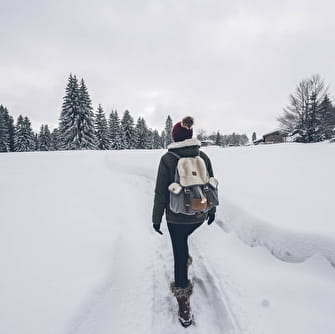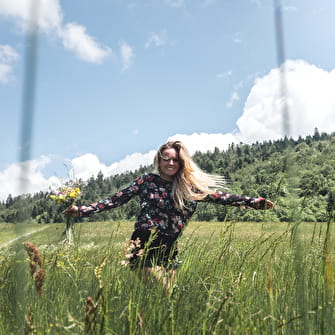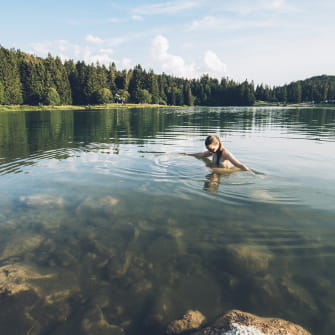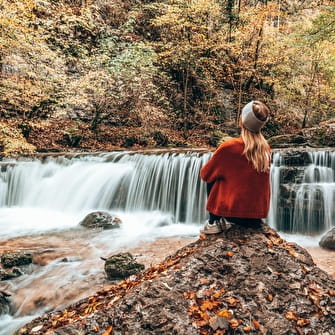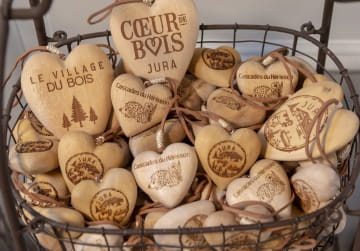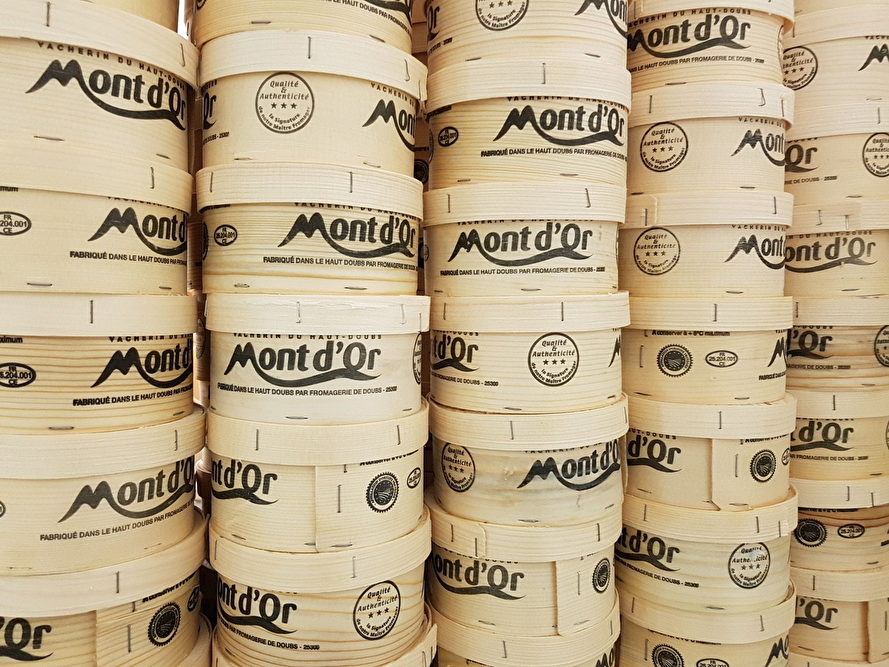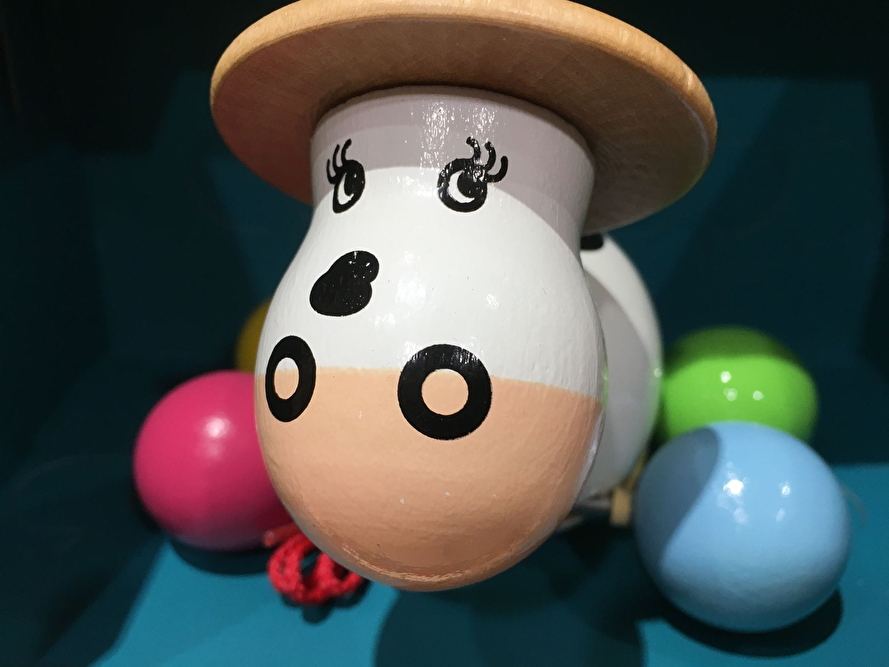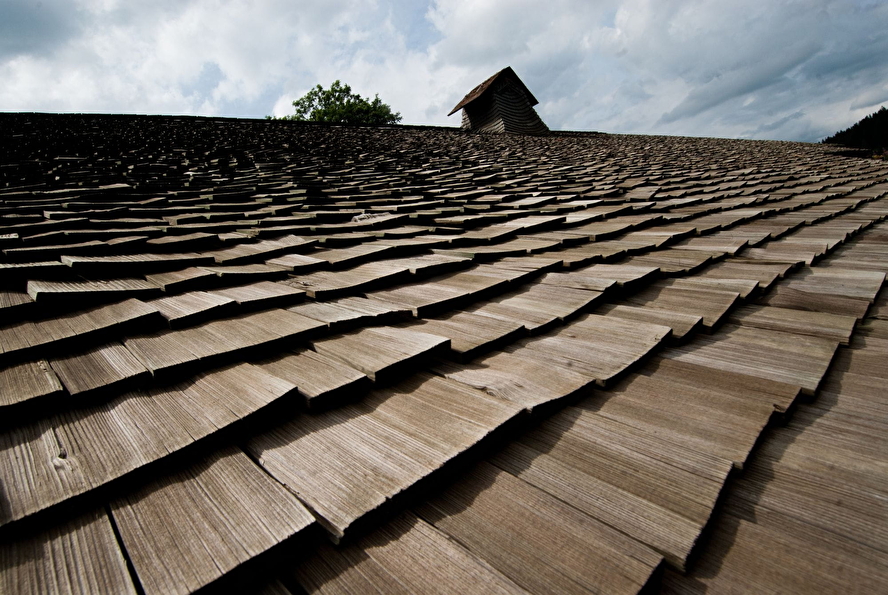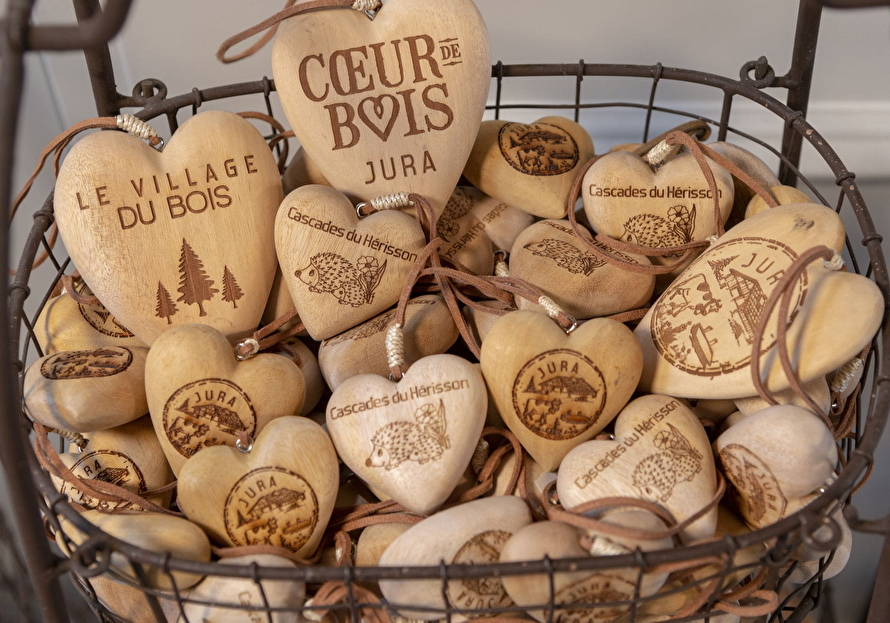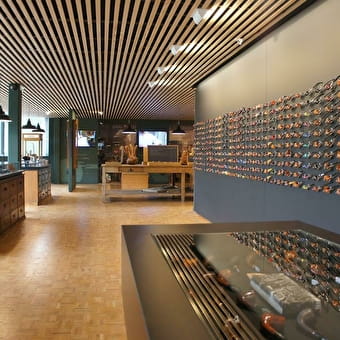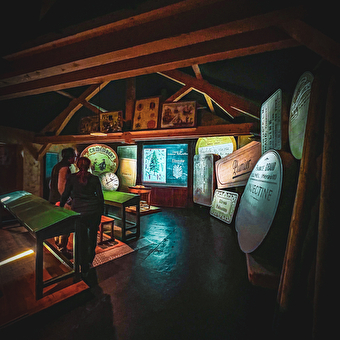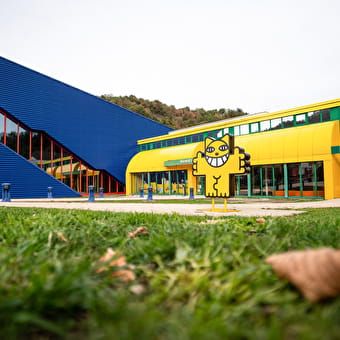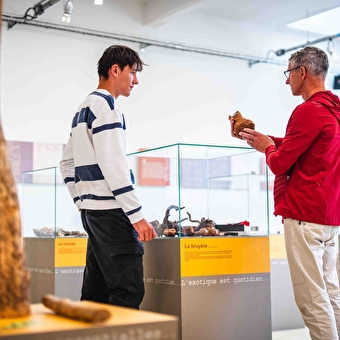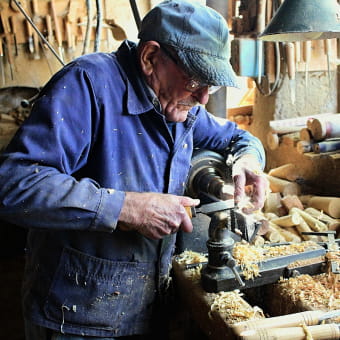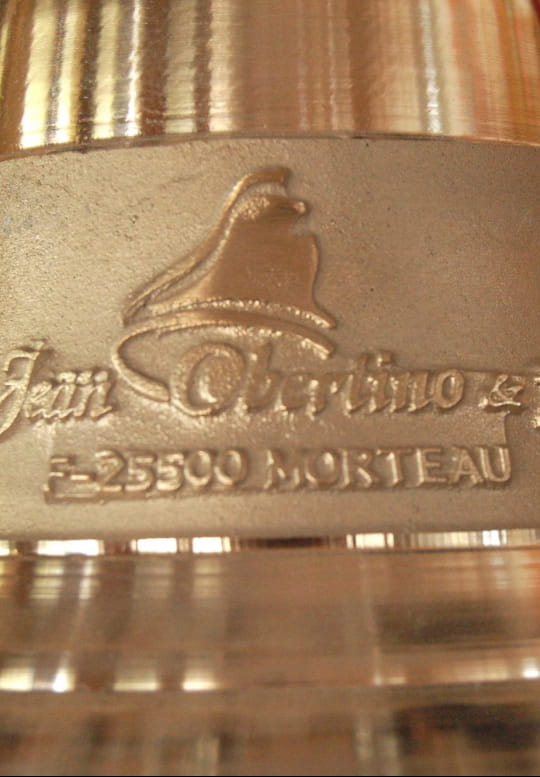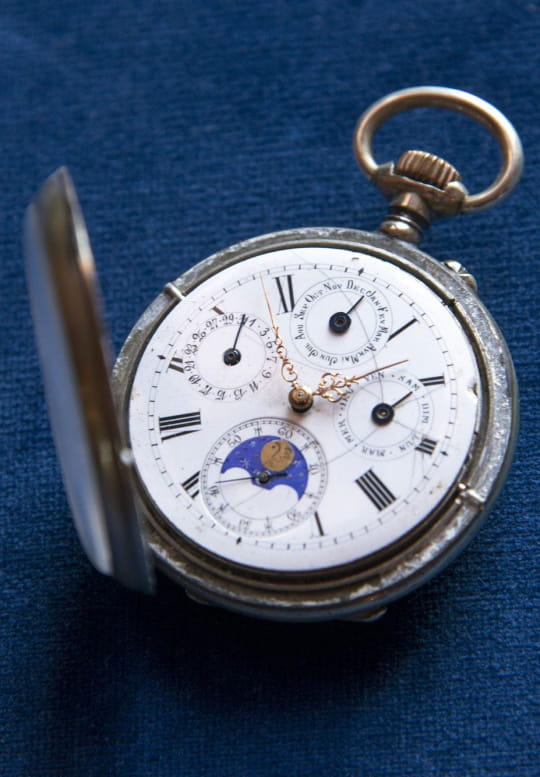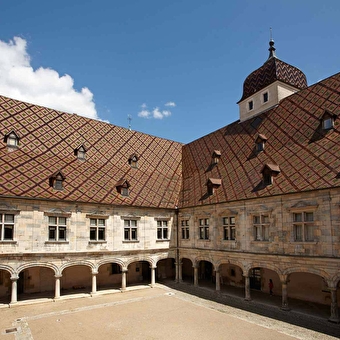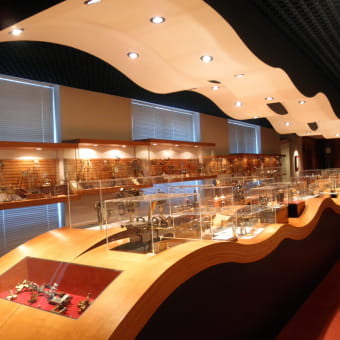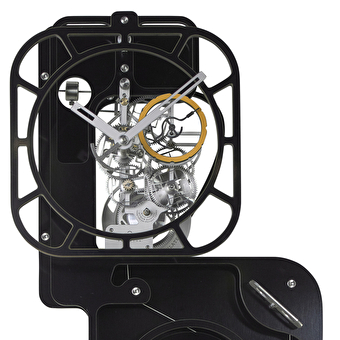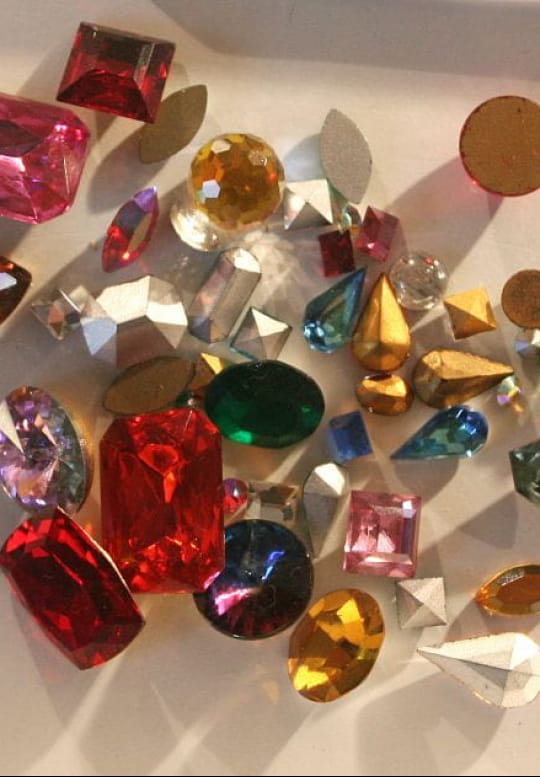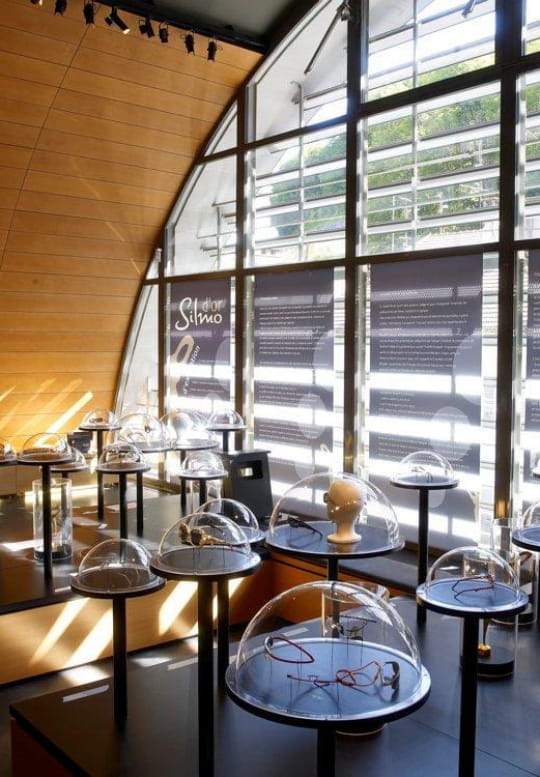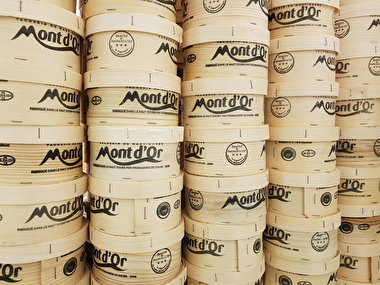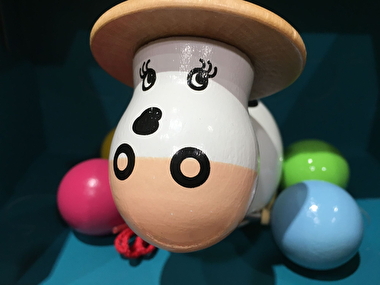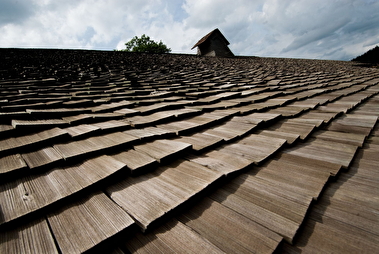Savoir-faire alive and well
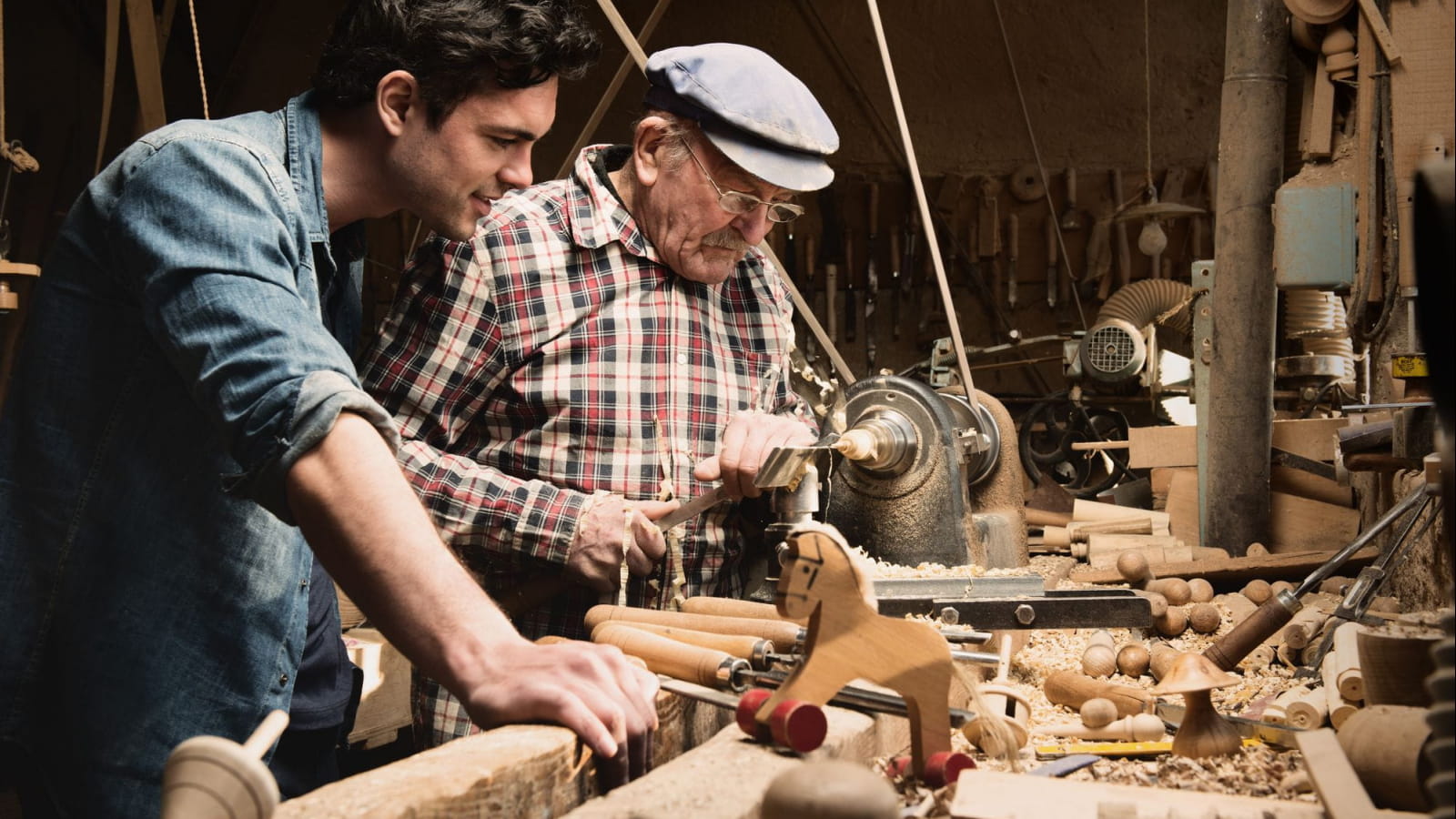
During the harsh winters, the farmers of the Jura Mountains had to keep themselves busy with other activities and find new sources of income. Over many years, they honed their expertise in multiple fields - wood, metal and stone - and passed on their skills from generation to generation. This wealth of craftsmanship is still very much alive and continues to underpin the reputation of the Jura Mountains.
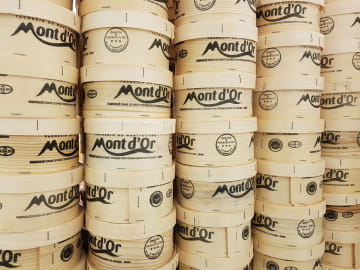
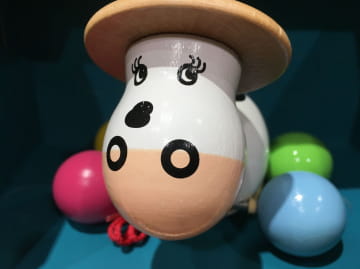
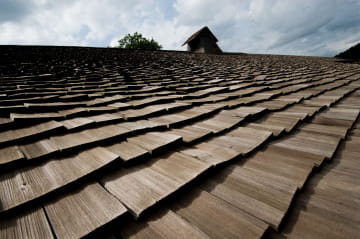
Spruce, king of the forest
Forest covers two-thirds of the Jura mountain range, so it's hardly surprising that the people of Jura, in search of an additional activity to farming, turned to exploiting wood during the long, harsh winters spent on their remote mountain farms!
Drawer-box maker, pipemaker, wood turner, wooden-tile maker, cheese-ring maker… all of these woodworking professions emerged in the Jura Mountains and became the livelihoods that allowed the local people to stay on their land with the passing of time. Nowadays, there are still a few craftspeople who continue to make pipes, furniture, toys and other practical or decorative items.
Come and meet them!
It's all about wood
Did you say "Drawer box"?
One of the woodwork occupations of the Jura Mountains is making sprucewood drawer boxes!
This item of furniture was originally invented to store the tiny mechanisms and parts used by clockmakers and spectacle makers. Over time, it was adapted to modern needs and is now used to store children's clothes. This is why, in French, baby wear came to be known as "layette", which is also the French word for this item of furniture. Not to be confused...
A bell story
It's impossible to cross the Jura mountains without hearing the merry sound of cowbells chiming from around the necks of the famous Montbéliard cows, or bells ringing out from the magnificent steeples of Franche-Comté. They all fit into the beautiful soundtrack of the mountains of Jura.
Weighing anything from a few grams to several kilos, call bells, handbells, cowbells and church bells, all skillfully crafted by ancestral methods, are waiting to tell their story. Come and meet the bell casters and witness the making of a bell or handbell!
Discover the Obertino foundryTimepieces, clocks and watches…
Péquignet, Herbelin, Utinam, Vuillemin… The greatest names in clockmaking emerged from the snowed-in farms of the Jura Mountains. The Pays Horloger is especially rich in converted farms which, from the 17th century, became clockmaking workshops and proposed their services to the nearby French and Swiss clockmakers.
Interestingly, the local housing was adapted to accommodate this precision work. Farmhouses were fitted with more windows in the walls most exposed to daylight, to provide these craftspeople with the best possible light conditions for their cottage industry. Keep your eyes peeled and you may well come across them.
This ancestral clockmaking (and art mechanics) expertise won the just reward of being added to the UNESCO intangible heritage list at the end of December 2020!
Learn more about this art mechanicDid you know?
If it's diamonds and gemstones you're interested in, don't bother hunting in the mountain caves and caverns of Upper Jura!
Here, we have "contented" ourselves with cutting and polishing precious stones since the 16th century. They arrive from all over the world and in some cases are manmade.
Diamonds and precious stones
Diamonds and gemstones... we know what a girl's best friend is in the Jura Mountains! Indeed, this is the home of two dazzling occupations* - gem cutting and diamond cutting!
This activity developed in the 16th century, mainly in Saint-Claude, boosted by the clockmaking industry in nearby Switzerland for which labour was needed to cut the ruby pivots used in watch mechanisms. As time passed, the jewellery business gradually replaced the clockmaking industry and has kept these sectors alive!
*To be precise: the art of gem cutting entails cutting and polishing precious and semi-precious stones, while the diamond cutter works only with diamonds.
Discover Musée des lapidairesGlasses born of a nail
Keep your eyes peeled if you visit Morez, because this is where spectacles were invented! The story goes that, in the 16th century, a nailmaker stretched and twisted a nail to make a pince-nez. Since then, the activity has well and truly settled in the Jura Mountains, where 80% of French spectacles are now manufactured!
Beyond the practical item designed to help us see better, glasses are also a fashion item that has been created in some incredibly trendy designer models. These are on display at the spectacles museum and, take our word for it, you have to see it to believe it!
Discover Musée de la lunette

